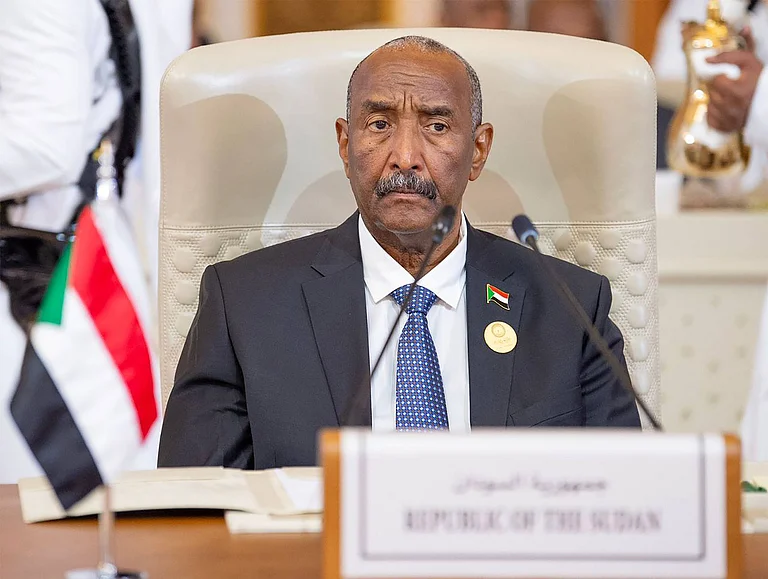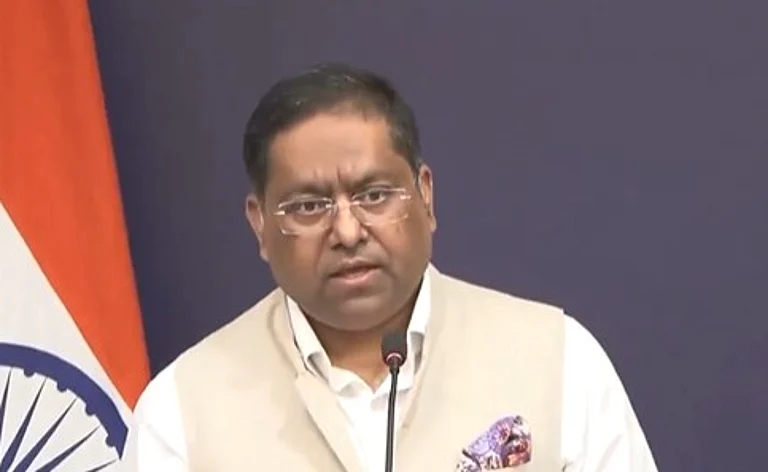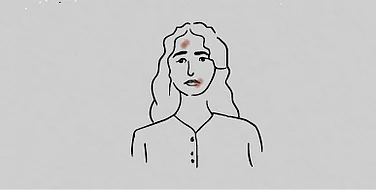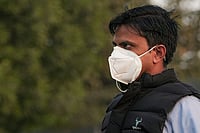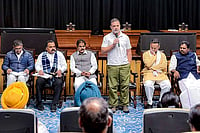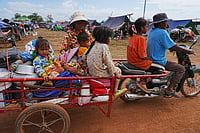
High-resolution images from El Fasher, North Darfur, show blood-stained ground and body-sized objects, revealing mass killings by Sudan’s Rapid Support Forces (RSF).
The RSF, descended from the Janjaweed militia, captured El Fasher after months of siege, allegedly carrying out executions and ethnic killings against civilians.
Human rights groups warn of possible war crimes or genocide, urging urgent international investigation and humanitarian access to trapped survivors.
New satellite images have revealed the staggering scale of atrocities committed in Sudan’s North Darfur region, where thousands are feared dead following a brutal assault by the paramilitary Rapid Support Forces (RSF) in El Fasher. The images, captured by Airbus DS and analysed by the Yale School of Public Health’s Humanitarian Research Lab, show large areas stained red and dotted with shapes consistent with human bodies — scenes so severe that observers say “the blood is visible from space.”
The analysis identified at least five separate locations in the Daraja Oula neighbourhood where soil discolouration and clusters of objects, each roughly human-sized, appeared in areas that showed no such traces in earlier imagery. Satellite frames also revealed RSF vehicles stationed in tactical formations, blocking narrow streets and operating near newly erected defensive barriers — evidence that aligns with witness accounts of door-to-door killings and summary executions.
Local residents and humanitarian groups have described harrowing scenes of violence and mass displacement. Many civilians were reportedly trapped inside the city as RSF fighters, descended from the Janjaweed militias accused of genocide in Darfur two decades ago, surrounded and overran the last remaining Sudanese Armed Forces (SAF) stronghold in the region. The fall of El Fasher effectively places all five Darfur state capitals under RSF control.
Human rights organisations and international observers warn that the massacre could constitute war crimes, crimes against humanity, or even genocide, given reports of ethnic targeting of non-Arab communities. The United Nations and aid agencies have voiced alarm over the growing humanitarian crisis, saying the blockade of El Fasher has left thousands without access to food, water, or medical care.
The shocking imagery, now circulating among international monitoring groups, underscores the urgency for global intervention and accountability. As calls mount for an independent investigation, the Darfur conflict — once seen as a tragic chapter of Sudan’s past — has returned with horrifying intensity, visible now not just to survivors on the ground, but from the skies above.







